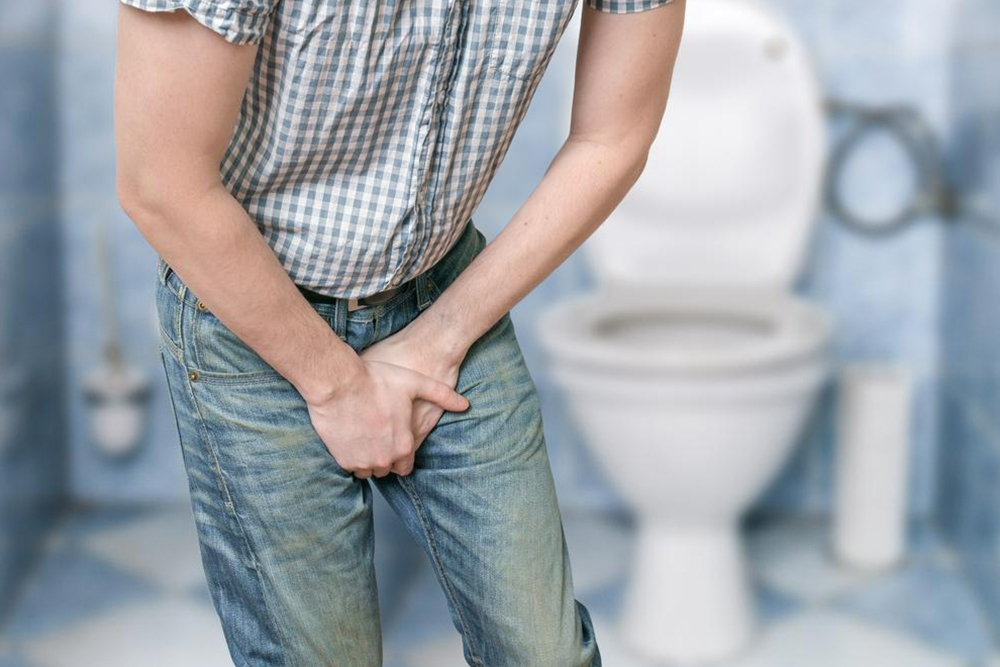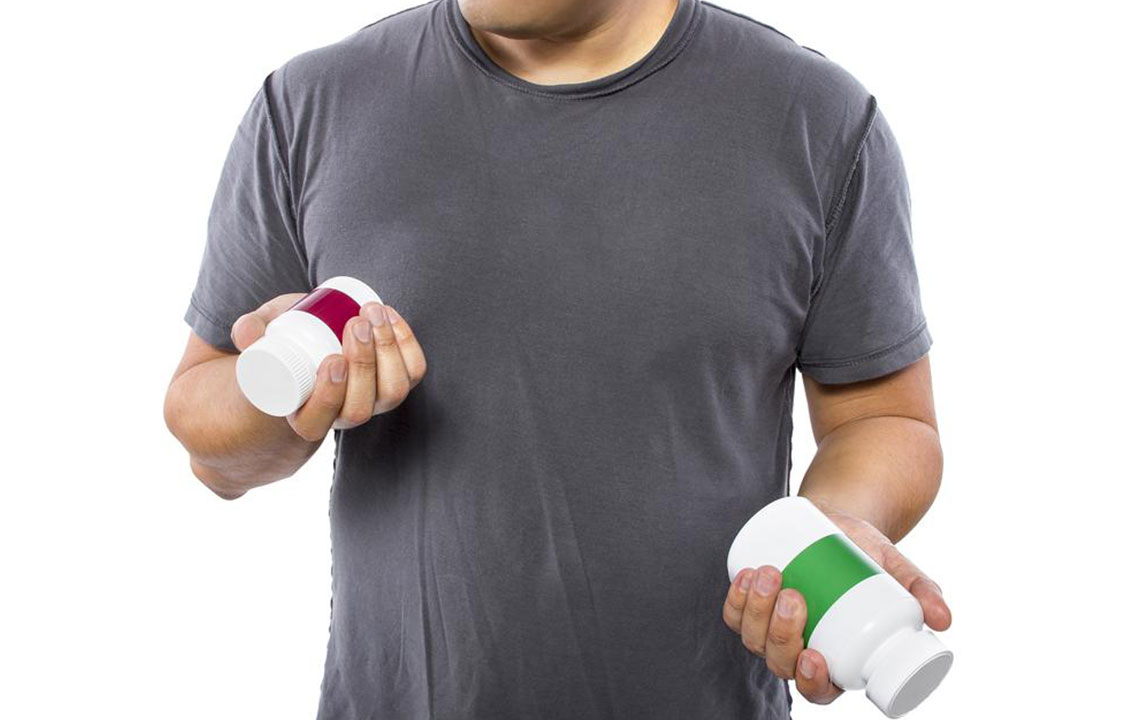Comprehensive Guide to Managing Functional and Mixed Urinary Incontinence
This comprehensive guide explores functional and mixed urinary incontinence, detailing causes, symptoms, and a wide range of treatment options including physical therapy, medical devices, and surgical procedures. Emphasizing the importance of hygiene and lifestyle changes, it provides valuable insights for effective management and improved quality of life for affected individuals.

Comprehensive Guide to Managing Functional and Mixed Urinary Incontinence
Urinary incontinence is a widespread health concern, particularly among older adults and individuals with various underlying health conditions. It impacts quality of life significantly, often leading to embarrassment, social withdrawal, and even skin infections if not managed properly. Understanding the different types of urinary incontinence—especially functional and mixed incontinence—is essential for effective treatment and improved well-being.
Functional urinary incontinence occurs when a person is physically or cognitively unable to reach the bathroom in time to urinate. This can be due to mobility limitations, impaired vision, or neurological conditions that affect perception and coordination. For example, elderly individuals with arthritis or Parkinson's disease may struggle with movement, making timely bathroom access a challenge. Cognitive decline, such as dementia, can impair judgment or awareness of the need to urinate, further complicating management.
On the other hand, mixed urinary incontinence combines features of both stress incontinence and urgency incontinence, presenting a complex treatment scenario. Stress incontinence occurs when physical pressure on the bladder causes leakage, often during coughing, sneezing, or physical activity. Urgency incontinence involves a sudden, intense urge to urinate followed by involuntary leakage. When both symptoms are present, a tailored approach is necessary to address each component effectively.
Addressing urinary incontinence requires a multifaceted strategy. Physical therapy plays a crucial role in improving mobility and strengthening pelvic floor muscles, which can help reduce leakage episodes. For those with mobility and cognitive challenges, assistive devices and environmental modifications become vital tools in managing symptoms. Absorbent pads, adult diapers, and other protective garments provide additional comfort and dignity in daily life. In some severe cases, medical interventions such as catheterization may be necessary, especially when other management strategies are insufficient.
**Treatment Approaches for Functional and Mixed Urinary Incontinence**
Physical Therapy and Lifestyle Adjustments: Regular pelvic floor exercises (Kegel exercises), physical therapy to enhance mobility, and environmental modifications (like accessible bathroom facilities) significantly improve independence and reduce incontinence episodes.
Absorbent Products: High-quality adult diapers and pads offer comfort and prevent accidents, also reducing skin irritation and infection risks.
Medications: For mixed incontinence with a component of urgency, anticholinergic drugs relax the bladder muscle, decreasing overactivity and leakage. These medications must be prescribed and monitored by healthcare providers.
Use of Medical Devices: Several devices can assist in managing symptoms, particularly for women:
Urethral Inserts: Small, disposable devices inserted after urination to prevent leaks, removed before subsequent urination.
Pessaries: Rigid or flexible rings inserted into the vagina to lift and support the bladder, effectively reducing leakage caused by stress factors.
Botox Injections: Administered into the bladder muscle to inhibit overactivity, Botox provides relief from urgency symptoms. Suitable for both men and women.
Sacral Nerve Stimulation: Implanting a device that modulates nerve signals to the bladder, helping regulate urination patterns. This is often considered when other treatments have failed.
Surgical Options: In cases where conservative treatments are ineffective, surgical interventions may be indicated:
Sling Procedures: Use of a mesh sling to support the urethra, minimizing stress-induced leaks.
Bladder Lift (Colposuspension): Elevating the bladder to its proper position to prevent leakage during activities.
Artificial Sphincter Implants: For severe cases, especially in men, an artificial sphincter can control urinary flow.
Maintaining proper hygiene is essential when managing urinary incontinence. Persistent leakage can cause skin irritation, rashes, and increase the risk of urinary tract infections (UTIs). To minimize these risks, keeping the skin dry, clean, and well-ventilated is paramount. Using barrier creams, frequent changing of absorbent products, and gentle skin cleansing are recommended practices.
In addition to medical interventions, lifestyle changes such as fluid management, pelvic exercises, and dietary adjustments can help control symptoms. For example, reducing caffeine and alcohol intake can decrease bladder irritation. Encouraging regular bathroom routines and timed voiding can also improve bladder habits.
Ultimately, managing functional and mixed urinary incontinence involves a collaborative effort between patients and healthcare providers. Early diagnosis and tailored treatment plans can significantly enhance quality of life, restore independence, and prevent complications. If you or a loved one are experiencing symptoms of urinary incontinence, consult a healthcare professional to explore the most suitable management options tailored to individual needs.





